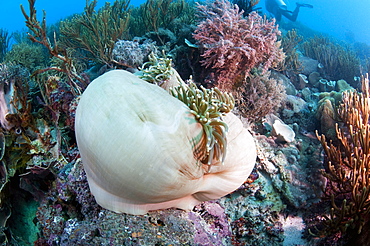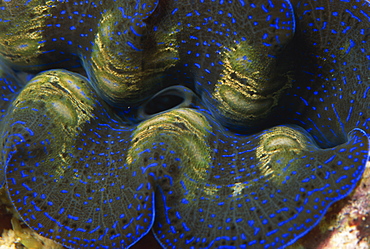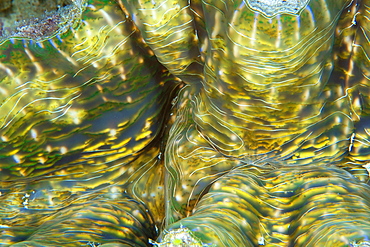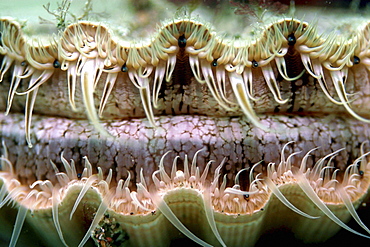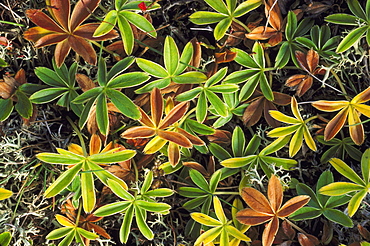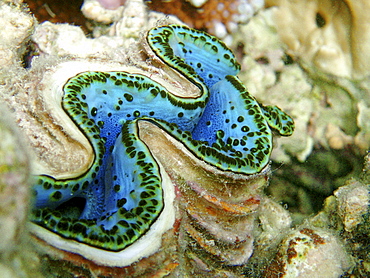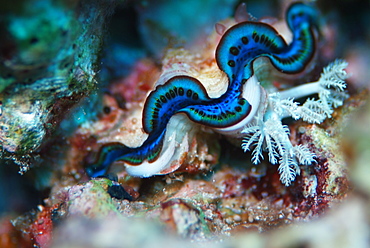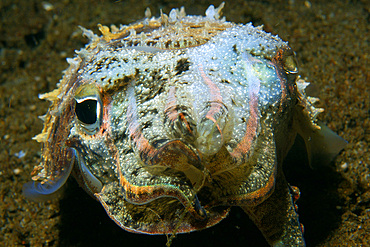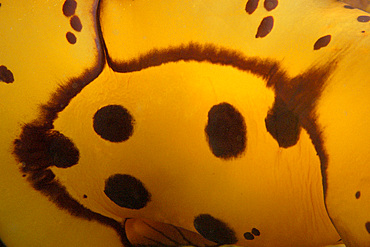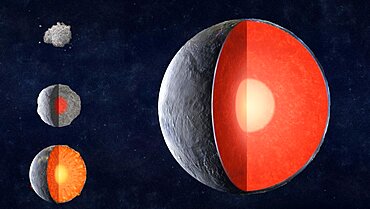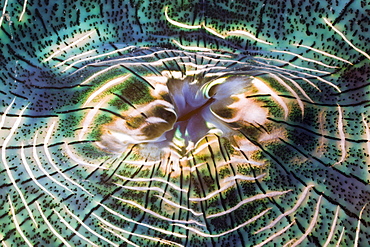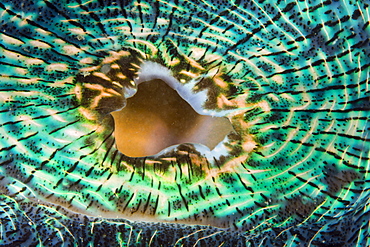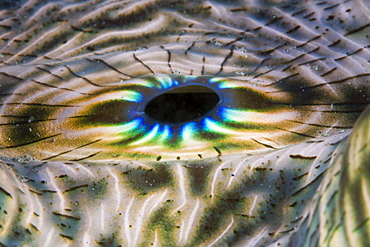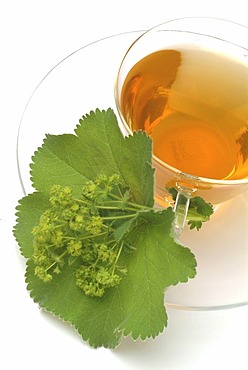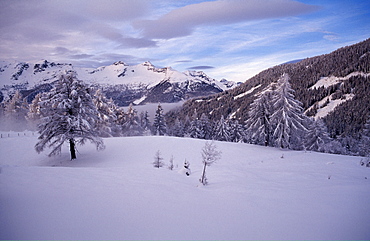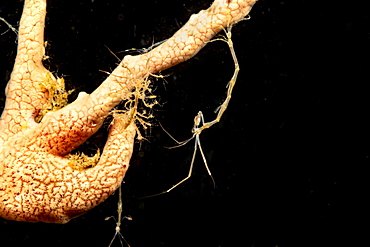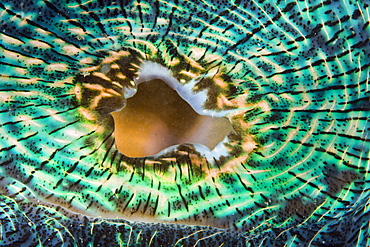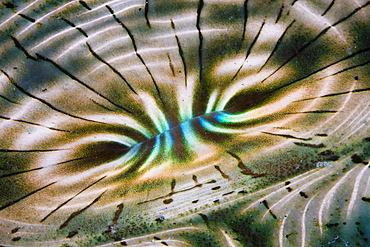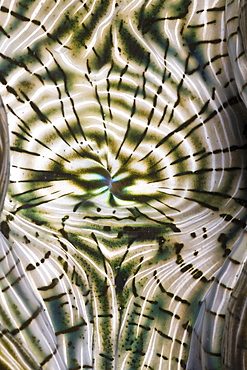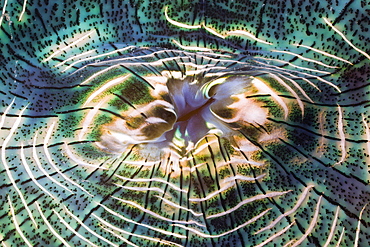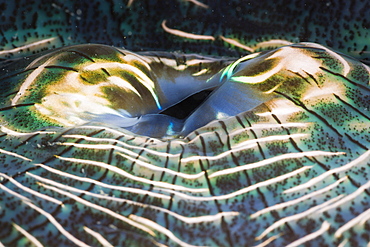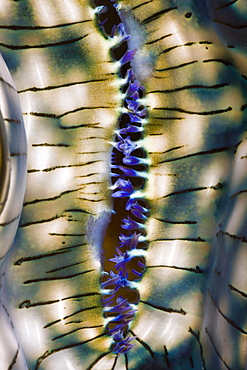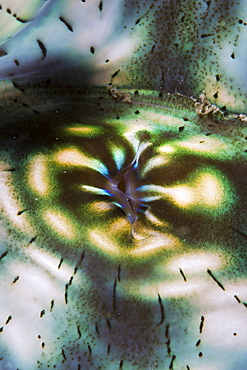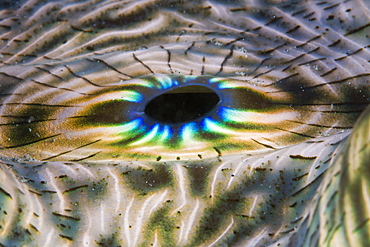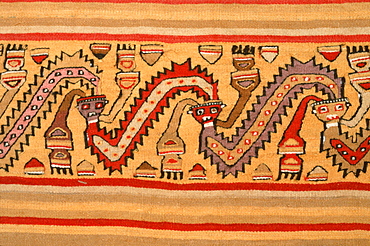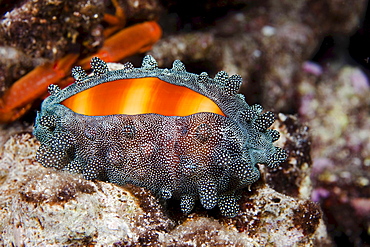Results
7 results found
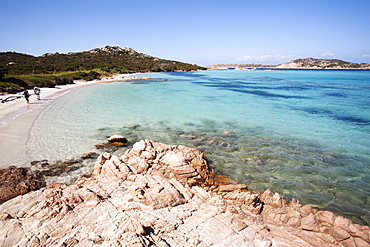
The Madonna Mantle between the islands of Santa Maria and Budelli, Maddalena Islands, La Maddalena National Park, Sardinia, Italy, Mediterranean, Europe
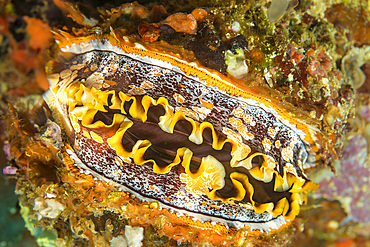
Mantle detail on a spondylus (Thorny Oyster shell) (Spondylus varians), Philippines, Southeast Asia, Asia
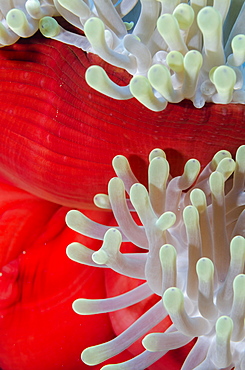
Close-up of mantle of magnificent anemone (Heteractis magnifica), Ras Mohammed National Park, off Sharm el-Sheikh, Sinai, Red Sea, Egypt, North Africa, Africa
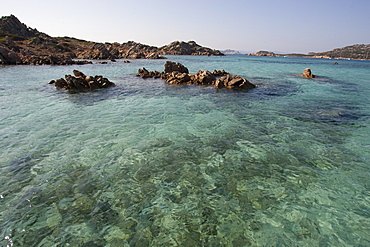
The Madonna Mantle, Maddalena Islands, La Maddalena National Park, Sardinia, Italy, Mediterranean, Europe

Fluted giant clam (Tridacna squamosa) mantle detail, Namu Atoll, Marshall Islands, Micronesia, Pacific

Fluted giant clam (Tridacna squamosa), detail of mantle and eye spots, Rongelap, Marshall Islands, Micronesia, Pacific
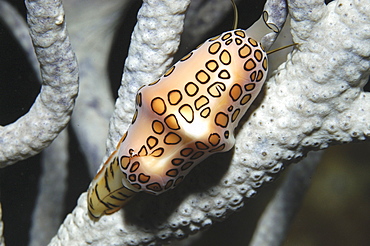
Flamingo Tongue (Cyphoma gibbosum), snail clearly showing spotted markings on a pink mantle with animal on sea rod, Cayman Brac, Cayman Islands, Caribbean
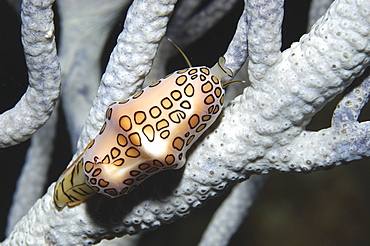
Flamingo Tongue (Cyphoma gibbosum), snail clearly showing spotted markings on a pink mantle with animal on sea rod, Cayman Brac, Cayman Islands, Caribbean
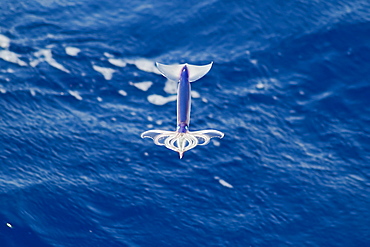
Flying Squid Species in mid-air, roughly 100 nm North of Tristan Da Cunha, South Atlantic Ocean. Flying Squid use membranes between their tentacles (visible on pic) & two fins at the rear of the mantle to glide through the air in a similar way to flying fish.
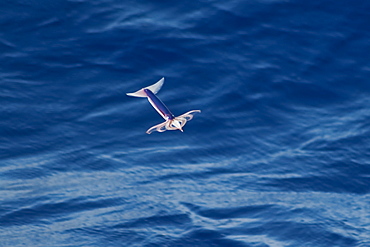
Flying Squid Species in mid-air (Ommastrephes bartramii). Extremely rare unusual image. South Atlantic Ocean. MORE INFO: Flying Squid use membranes between their tentacles (visible on pic) & two fins at the rear of the mantle to glide through the air in a similar way to flying fish. These unique adaptations allow them to avoid predation more easily. Ommastrephid squids are among the strongest swimmers in the Cephalopoda. A number of species are fished commercially. This particular species (Ommastrephes bartramii), is commonly known as "Neon Flying Squid" due to its colouration and its ability to glide over the ocean surface as seen in the photographs. Please note that this is a genuine image of a wild animal in its natural environment. It is not a digital manipulation.
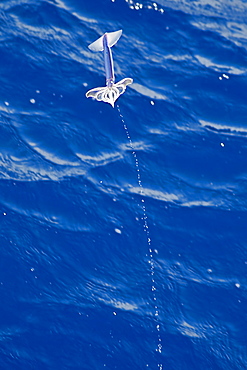
Flying Squid Species in mid-air leaving a water trail behind it, roughly 100 nm North of Tristan Da Cunha, South Atlantic Ocean. Flying Squid use membranes between their tentacles (visible on pic) & two fins at the rear of the mantle to glide through the air in a similar way to flying fish.
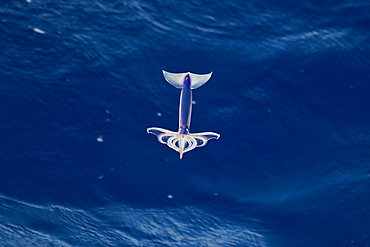
Flying Squid Species in mid-air, roughly 100 nm North of Tristan Da Cunha, South Atlantic Ocean. Flying Squid use membranes between their tentacles (visible on pic) & two fins at the rear of the mantle to glide through the air in a similar way to flying fish.
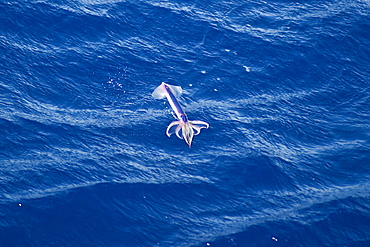
Flying Squid Species in mid-air, roughly 100 nm North of Tristan Da Cunha, South Atlantic Ocean. Flying Squid use membranes between their tentacles (visible on pic) & two fins at the rear of the mantle to glide through the air in a similar way to flying fish.
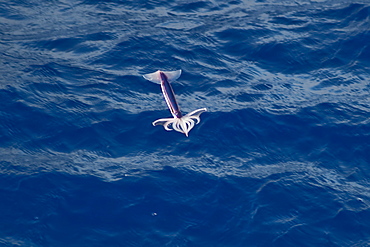
Flying Squid Species in mid-air (Ommastrephes bartramii). Extremely rare unusual image. South Atlantic Ocean. MORE INFO: Flying Squid use membranes between their tentacles (visible on pic) & two fins at the rear of the mantle to glide through the air in a similar way to flying fish. These unique adaptations allow them to avoid predation more easily. Ommastrephid squids are among the strongest swimmers in the Cephalopoda. A number of species are fished commercially. This particular species (Ommastrephes bartramii), is commonly known as "Neon Flying Squid" due to its colouration and its ability to glide over the ocean surface as seen in the photographs. Please note that this is a genuine image of a wild animal in its natural environment. It is not a digital manipulation.
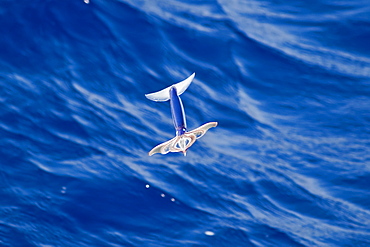
Flying Squid Species in mid-air, roughly 100 nm North of Tristan Da Cunha, South Atlantic Ocean. Flying Squid use membranes between their tentacles (visible on pic) & two fins at the rear of the mantle to glide through the air in a similar way to flying fish.
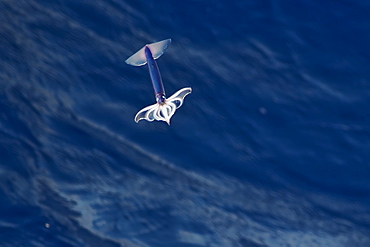
Flying Squid Species in mid-air (Ommastrephes bartramii). Extremely rare unusual image. South Atlantic Ocean. MORE INFO: Flying Squid use membranes between their tentacles (visible on pic) & two fins at the rear of the mantle to glide through the air in a similar way to flying fish. These unique adaptations allow them to avoid predation more easily. Ommastrephid squids are among the strongest swimmers in the Cephalopoda. A number of species are fished commercially. This particular species (Ommastrephes bartramii), is commonly known as "Neon Flying Squid" due to its colouration and its ability to glide over the ocean surface as seen in the photographs. Please note that this is a genuine image of a wild animal in its natural environment. It is not a digital manipulation.
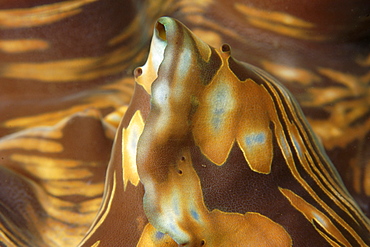
Giant clam (Tridacna sp) detail of mantle and eyes, Dauin, Negros, Philippines, Southeast Asia, Asia
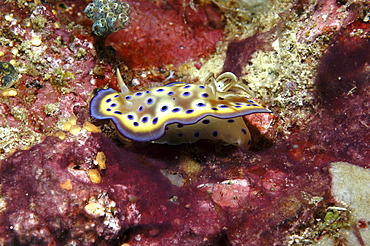
(Chromodoris kuniei) Nidibranch with superb colour markings of purple spots on a cream mantle with purple trim and orange gills, Mabul, Borneo, Malaysia, South China Sea
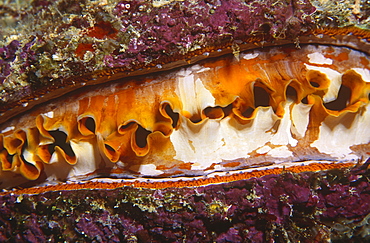
Variable Thorny Oyster (Spondylus varians), open and feeding showing multi-coloured mantle, Sipadan, Malaysia
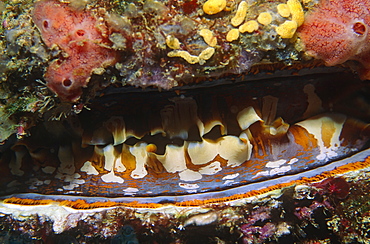
Variable Thorny Oyster (Spondylus varians), open and feeding showing multi-coloured mantle, Sipadan, Malaysia

Giant clam (Tridacna gigas), detail of mantle covered with eye spots, Rongelap, Marshall Islands, Micronesia, Pacific
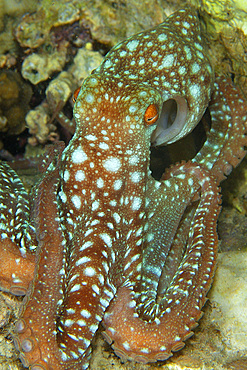
Starry night octopus, Octopus luteus, foraging on coral reef at night, Malapascua, Cebu, Philippines, Visayan Sea.
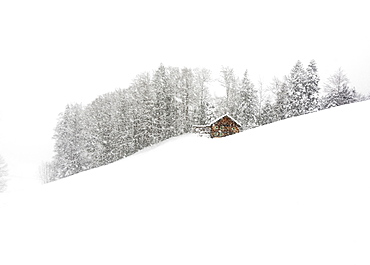
Mountain hut in front of winter forest, dense snowfall, Hittisau, Bregenz Forest, Vorarlberg, Austria, Europe

Sledders near Monastery Oelinghausen, snow, sled, Arnsberg, Neheim-Hüsten, Sauerland, North Rhine-Westphalia, Germany, Europe
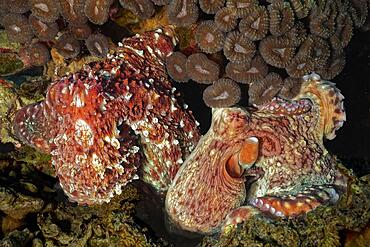
Common octopus Octopus vulgaris), mating, male on left inserts mating arm into mantle cavity on female's siphon transfers sperm-filled capsule, Red Sea, Aqaba, Kingdom of Jordan

Epitaphs of the Mantle Madonnas, 14th century, Church of St. Sebald, Nuremberg, Middle Franconia, Bavaria, Germany, Europe
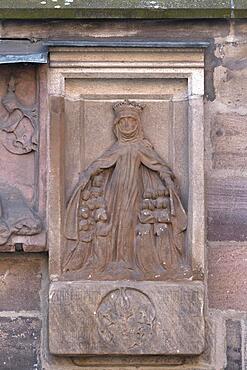
The Fugger Epitaph with the Virgin of the Protective Mantle, 14th century, Church of St. Sebald, Nuremberg, Middle Franconia, Bavaria, Germany, Europe

This Common Scorpionfish (Scorpaenopsis oxycephala) is perched on the mantle rim of a Giant Tridacna Clam (Tridacna gigas). It's venomous spines can inflict a painful wound, Philippines
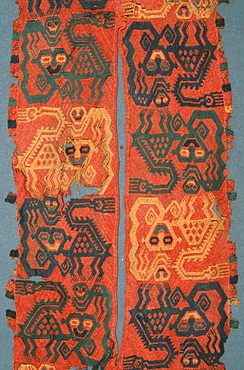
Paracas Culture, 300BC-100AD, funerary wrap with jaguar and monkey design on collar of mantle collection of the Museo Amano, Lima, Peru
